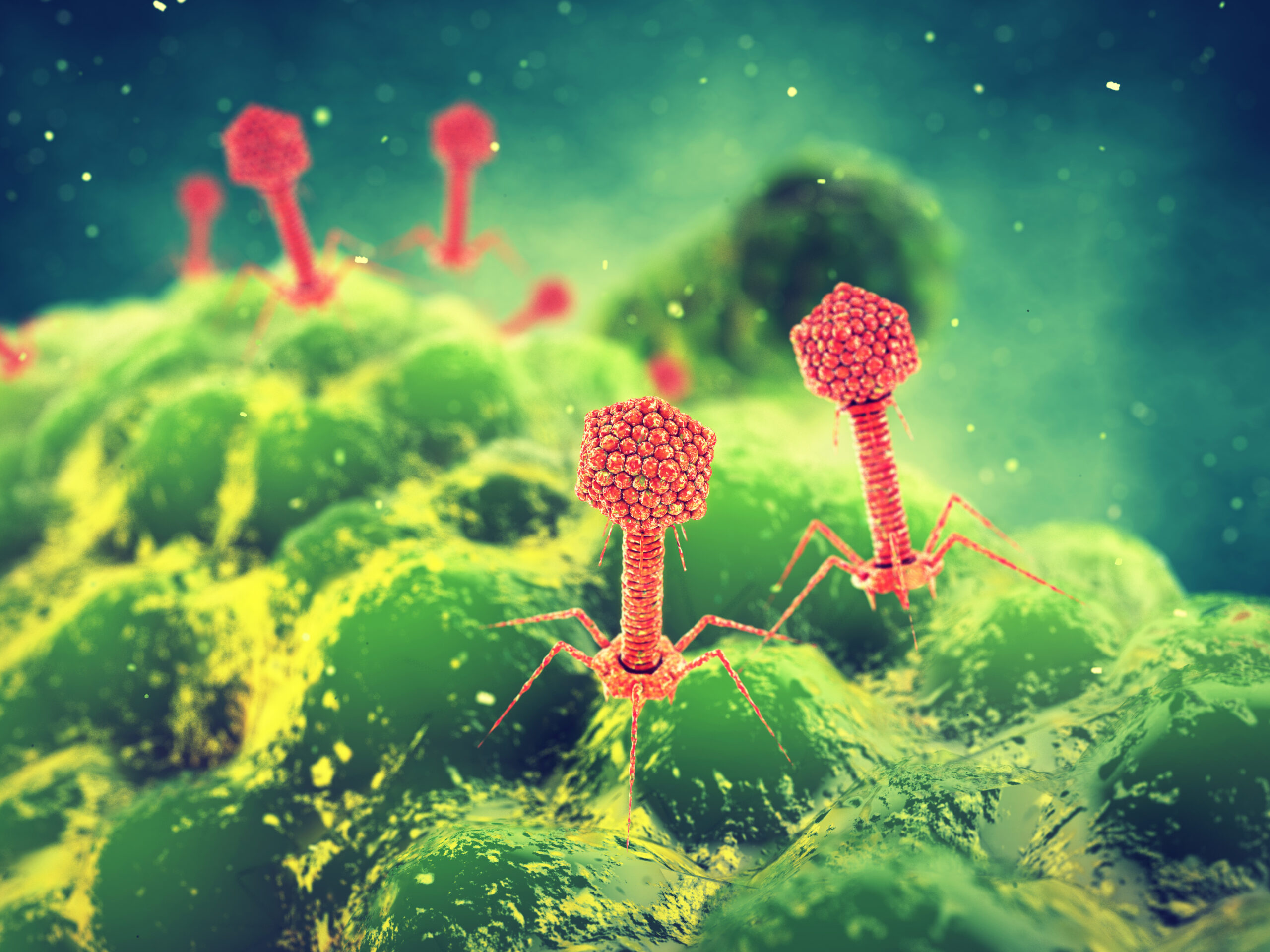As conventional antibiotics continue to lose effectiveness against evolving pathogens, scientists are keen to employ the bacteria-killing techniques perfected by bacteriophages (phages), the viruses that infect bacteria. One major challenge is the difficulty of studying individual phage proteins and determining precisely how the virus wields these tools to kill their host bacteria.
Even some of the smallest known phages code for single-gene lysis proteins (Sgls), also known as protein antibiotics, that inhibit key components of bacterial cell wall production, consistently killing the cell. A team of researchers from Berkeley Lab, UC Berkeley, and Texas A&M University worked together on a high-throughput genetic screen to identify which part of the bacteria the phage Sgls were targeting.
They used Dual-Barcoded Shotgun Expression Library Sequencing (Dub-seq), a technology previously invented by Environmental Genomics and Systems Biology (EGSB) Division researchers Adam Arkin, Adam Deutschbauer, and Vivek Mutalik. This work showed that the Sgls target pathways for cell wall building that arose very early in bacteria’s evolutionary history and are highly conserved.
Read more in the Berkeley Lab News Center.




